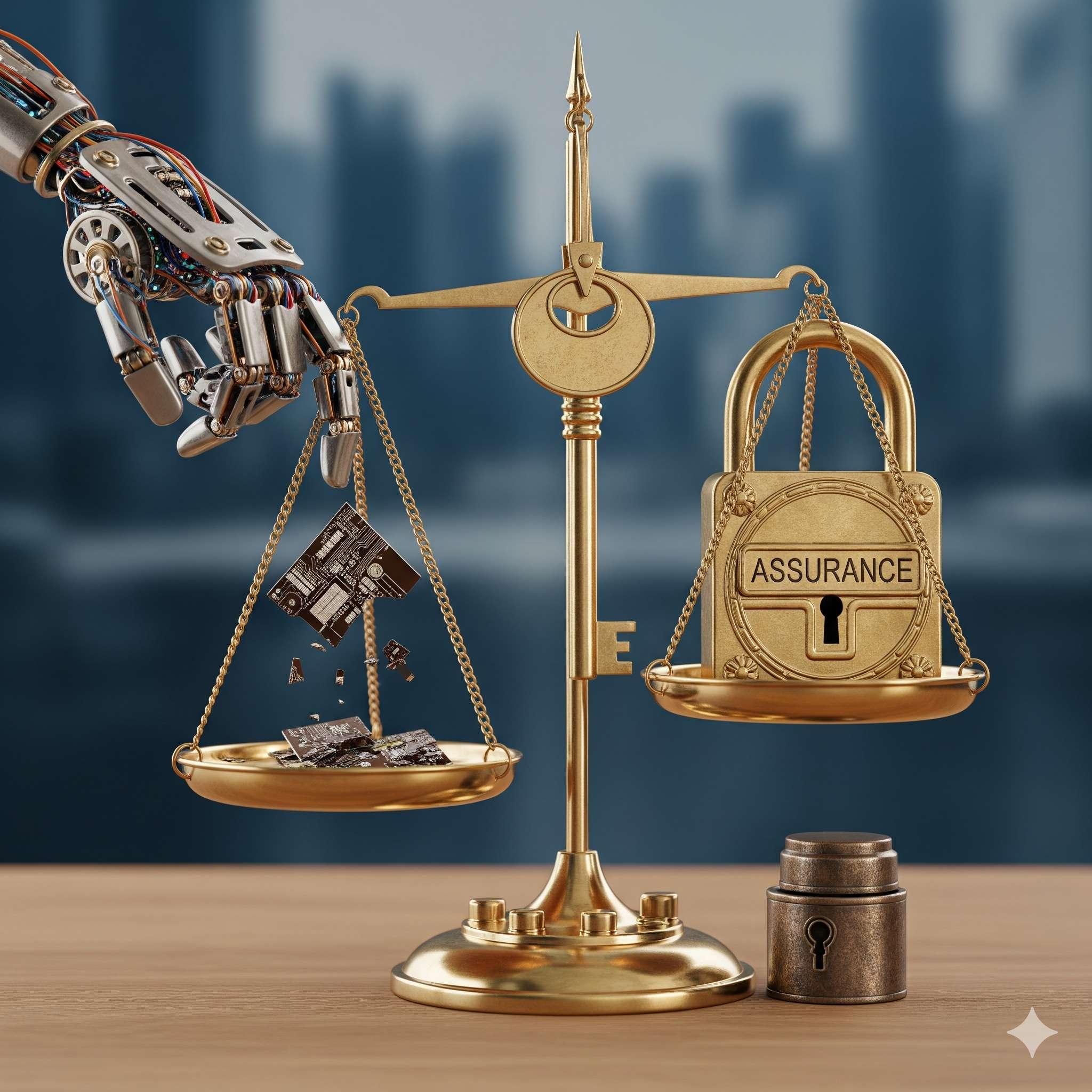
AI Safety Theater Today, Red Tape Tomorrow: How Overconfidence Invites Regulation
Industries that loudly promise "self-regulation" and "responsible AI" often get the opposite of what they want: heavy-handed government oversight. History shows that regulatory backlash follows predictable patterns.
The regulatory backlash cycle
- Phase 1: Industry promises self-regulation and "responsible innovation."
- Phase 2: High-profile failures expose gaps between promises and reality.
- Phase 3: Regulators impose strict rules, often overcorrecting for past failures.
Historical patterns that predict AI's future
- Financial crisis → Dodd-Frank — banks' self-regulation promises led to comprehensive federal oversight.
- Boeing 737 MAX → FAA tightening — industry self-certification resulted in stricter government controls.
- Social media privacy → GDPR/CCPA — "we'll police ourselves" became mandatory compliance frameworks.
Current AI safety theater warning signs
Scenario A: AI companies publish "ethics principles" while deploying systems with known bias issues. When discrimination lawsuits multiply, regulators may mandate algorithmic auditing requirements.
Scenario B: Healthcare AI vendors promise "human oversight" but automate most decisions. After patient safety incidents, regulators could require mandatory human review for all AI medical recommendations.
Scenario C: Hiring AI tools claim "bias-free" recruiting while perpetuating discrimination. EEOC may respond with prescriptive AI testing requirements and mandatory disclosure rules.
Why overconfidence accelerates regulation
- Public trust erosion — when "safe AI" claims prove false, voters demand government action.
- Regulatory credibility — agencies must show they're protecting the public after industry failures.
- Political pressure — lawmakers face pressure to "do something" when self-regulation fails visibly.
What stricter AI regulation might look like
Based on historical patterns, expect potential requirements like:
- Mandatory third-party audits for AI systems in sensitive applications
- Algorithmic transparency requirements and explainability standards
- Liability frameworks that make companies responsible for AI decisions
- Licensing requirements for AI developers and deployers
Insurance: preparing for regulatory changes
- Regulatory coverage — some policies cover costs of complying with new regulations.
- Retroactive liability — new rules may create liability for past AI decisions.
- Compliance costs — stricter oversight means higher operational expenses → learn more about AI insurance considerations.
Five questions to prepare for regulatory backlash
- Are we making AI safety claims we can't substantiate under scrutiny?
- What would mandatory third-party audits reveal about our AI systems?
- How would new transparency requirements affect our competitive advantage?
- Are we prepared for potential retroactive liability for current AI decisions?
- Does our insurance cover regulatory compliance costs and new liability frameworks? See our 5 questions to ask your insurer.
No email required — direct download available.
Stay ahead of regulatory backlash
Start with our free 10-minute AI preflight check to assess your regulatory risk exposure, then get the complete AI Risk Playbook for frameworks that prevent costly compliance surprises.